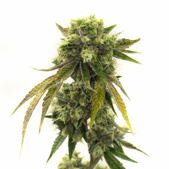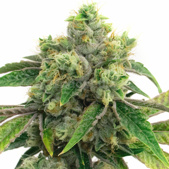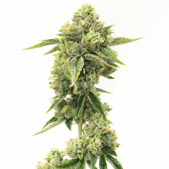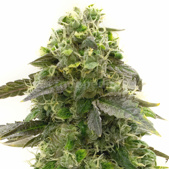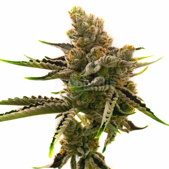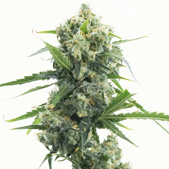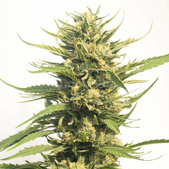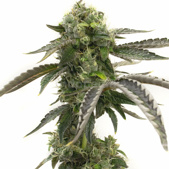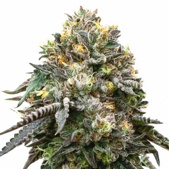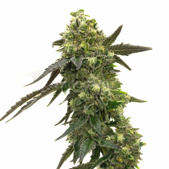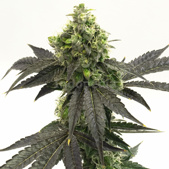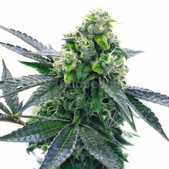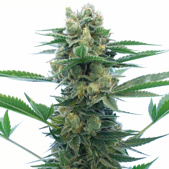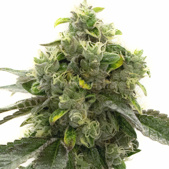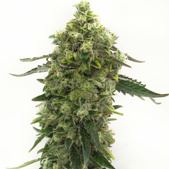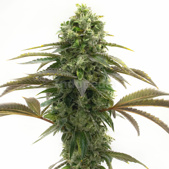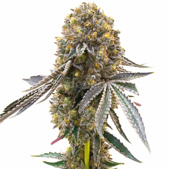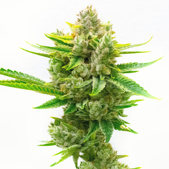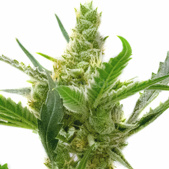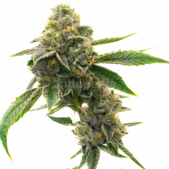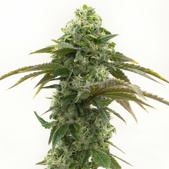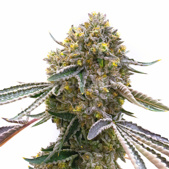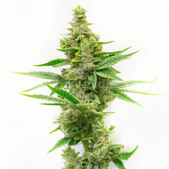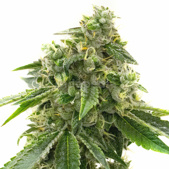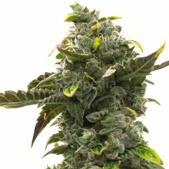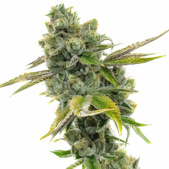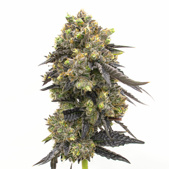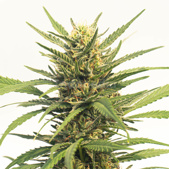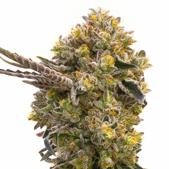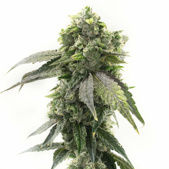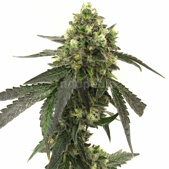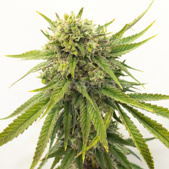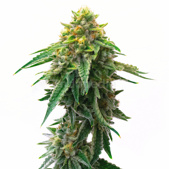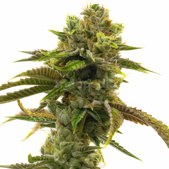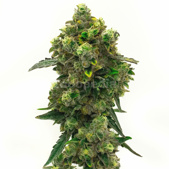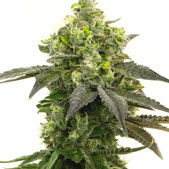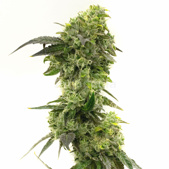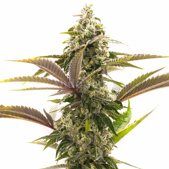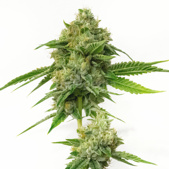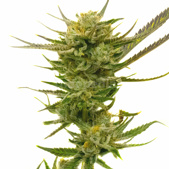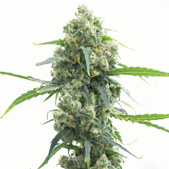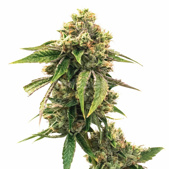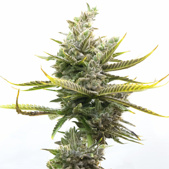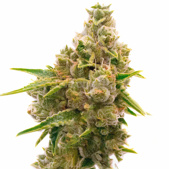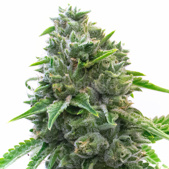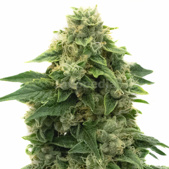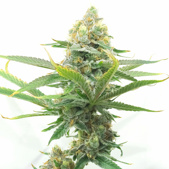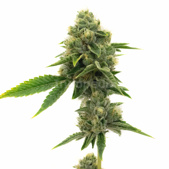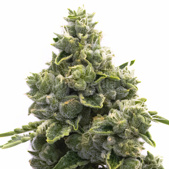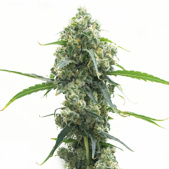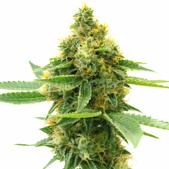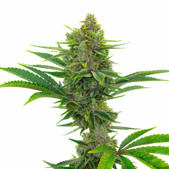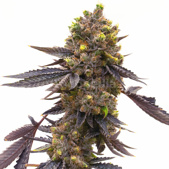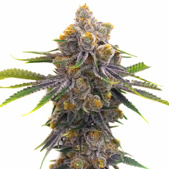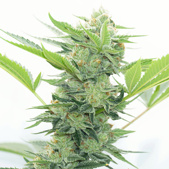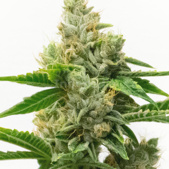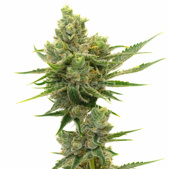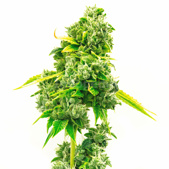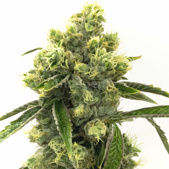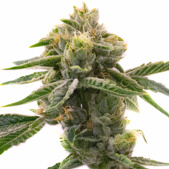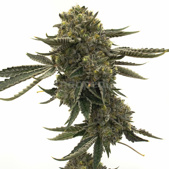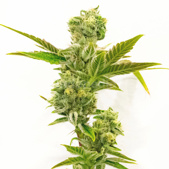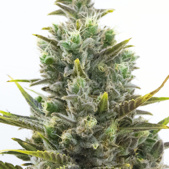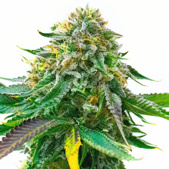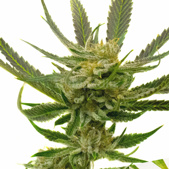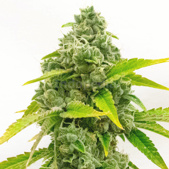Autoflower Cannabis Seeds For Sale
Indopedia, your trusted American cannabis seed bank, brings you a stellar selection of autoflower cannabis seeds. Representing a breakthrough in cannabis genetics, these seeds simplify the cultivation process while delivering high-quality yields. Our offering of cannabis seeds for sale includes a diverse range of autoflowering varieties that promise a rewarding growing journey.
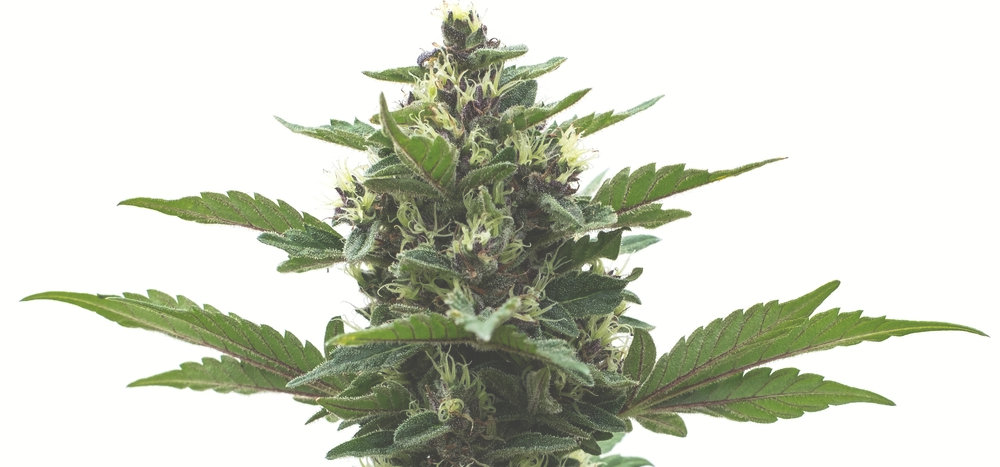
List of Products
The Power of Autoflower Seeds
Autoflowering cannabis seeds are a unique innovation in the world of cannabis cultivation. These seeds are bred by integrating the genetics of Cannabis ruderalis, a species known for its ability to flower automatically regardless of light cycle changes. The result is a cannabis plant that transitions from the vegetative stage to flowering on its own, without any need for specific light schedules.
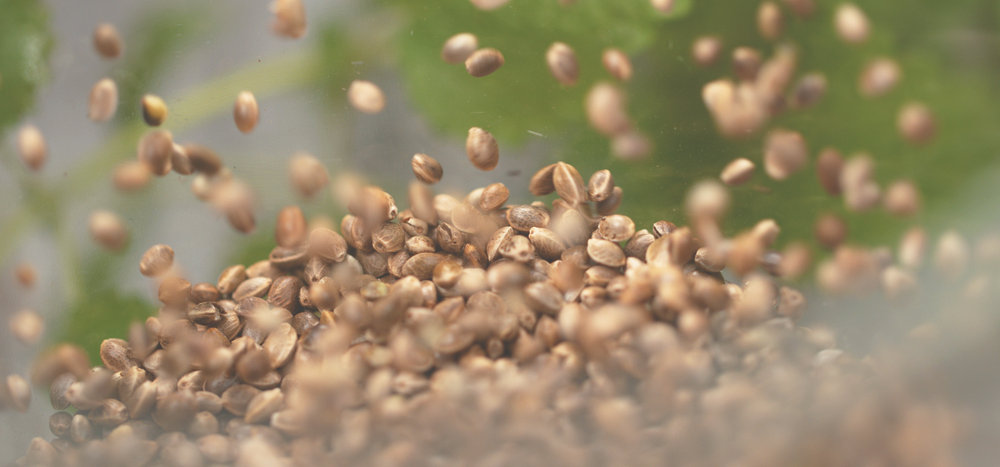
The Science Behind Autoflower Seeds
Autoflowering cannabis seeds are a testament to the marvels of plant genetics. This innovation is a result of integrating the hardy Cannabis ruderalis species with more traditional Cannabis sativa and Cannabis indica varieties. The autoflowering trait stems from the ruderalis' natural adaptation to harsh climates, leading to an ability to flower based on the plant's age, rather than light exposure. This distinctive characteristic offers a unique cultivation experience, setting autoflower strains apart from their photoperiod counterparts.
The Historical Evolution of Autoflower Seeds
Autoflowering cannabis seeds have a rich history that dates back to the discovery of the Cannabis ruderalis species. Native to regions with shorter summers and less predictable weather conditions, ruderalis evolved to flower automatically, a survival mechanism that ensured reproduction. It wasn't until breeders began to experiment with this unique species that autoflowering cannabis seeds made their debut, revolutionizing cannabis cultivation and creating a new wave of growing possibilities.
Advantages of Autoflower Seeds for Growers
Autoflowering cannabis seeds offer a multitude of advantages to growers. Their ability to flower independently of light schedules makes them a low-maintenance choice, perfect for beginners or growers seeking efficiency. Additionally, autoflowering plants typically have a faster growth cycle, allowing for multiple harvests within a single growing season. Their compact size also makes them ideal for discreet growing or limited space situations.
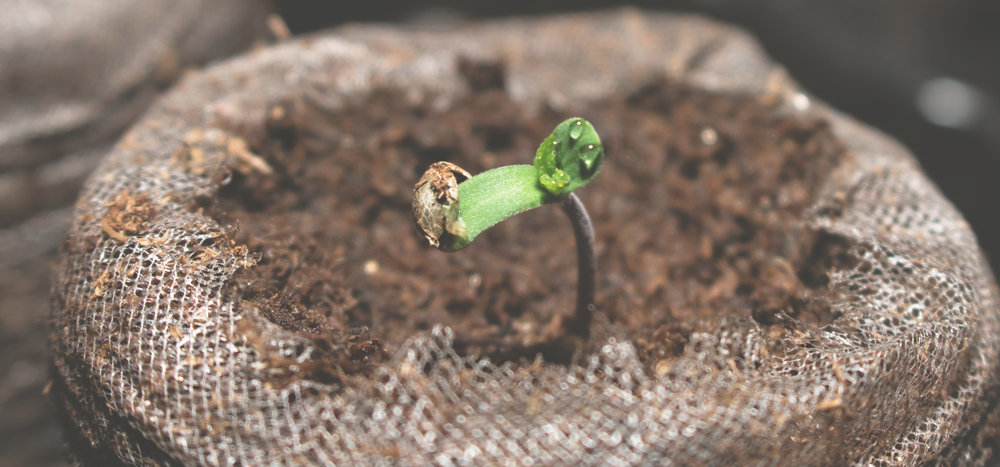
Rising Popularity Among Customers
Autoflower seeds have seen a surge in popularity among our customers, and for good reason. The simplicity of their cultivation, coupled with their fast growth and versatile size, make them an attractive option for both new and experienced growers. This growing popularity has motivated us to continually expand our autoflower seed collection, providing a wider array of choices for our customers.
The Progression of Autoflower Genetics
The quality of autoflower genetics has seen significant advancements each year. Through careful selection and breeding, American breeders have been able to enhance desirable traits such as yield size, potency, and flavor profile, while preserving the essential autoflowering characteristic. This ongoing progress ensures that the autoflower seeds we offer today are more robust and superior than ever, promising improved results year after year.
A Broad Spectrum of Autoflower Cannabis Seeds
From beloved classics to innovative new strains, our collection of weed seeds includes autoflowering varieties to suit every preference. Whether you're a novice grower seeking simplicity or an experienced cultivator looking for a new challenge, our selection of autoflower weed seeds offers something for everyone.
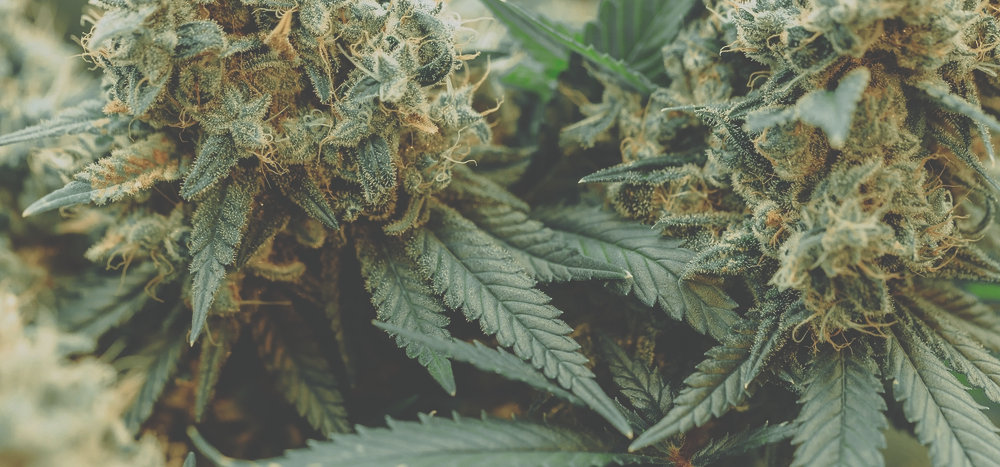
Premium Autoflower Seeds from American Breeders
Our autoflower seeds are the fruit of meticulous breeding by experienced American breeders, ensuring that every seed carries the superior genetics that Indopedia stands for. Each seed is vetted for quality and germination rate, promising healthy, vigorous plants that deliver bountiful yields.
Affordable Autoflower Seeds for Sale
We believe in making top-quality cannabis seeds accessible to all growers, regardless of budget. Our collection includes cheap weed seeds that deliver premium results. Discover our affordable autoflower seeds for sale and embark on a cultivation journey that delivers exceptional value.
Buy Autoflower Cannabis Seeds with US-Based Shipping
Purchasing your cannabis seeds is straightforward with Indopedia. Thanks to our efficient US-based shipping, your chosen autoflower cannabis seeds will reach you swiftly, ensuring a smooth start to your growing journey.
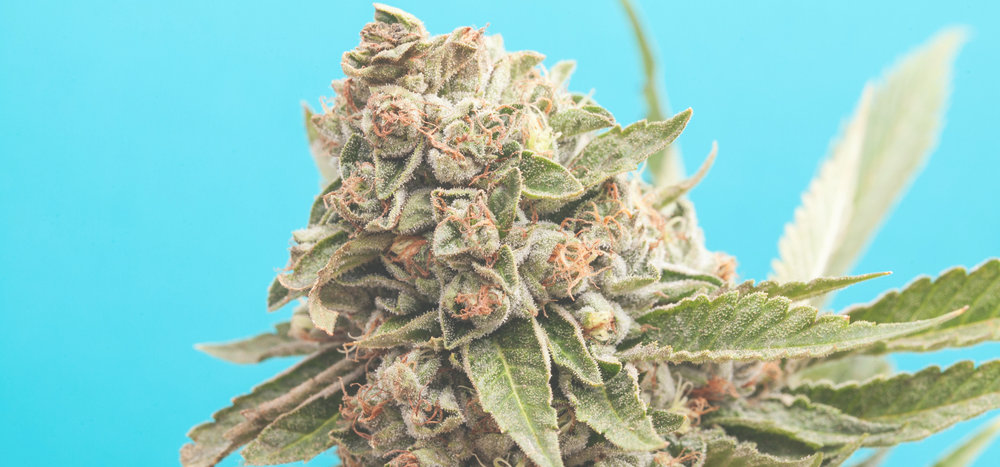
Autoflower Seeds and Indological Insights
At Indopedia, we believe that cultivation success is rooted in knowledge. As part of our commitment to Indology, we offer a wealth of information about autoflowering cannabis strains, including their historical context, growth characteristics, and the science behind their unique flowering behavior.
Buy Autoflower Cannabis Seeds at Indopedia
Harness the power of autoflowering cannabis seeds and simplify your cultivation journey without compromising on quality or yield. Explore our diverse collection of autoflower seeds today, each carrying the promise of exceptional growth and rewarding harvests. With our user-friendly purchasing process and efficient US-based shipping, embarking on your autoflowering cultivation journey has never been easier. Dive into the world of autoflower cannabis seeds with Indopedia today, and experience the perfect blend of simplicity, quality, and success.
